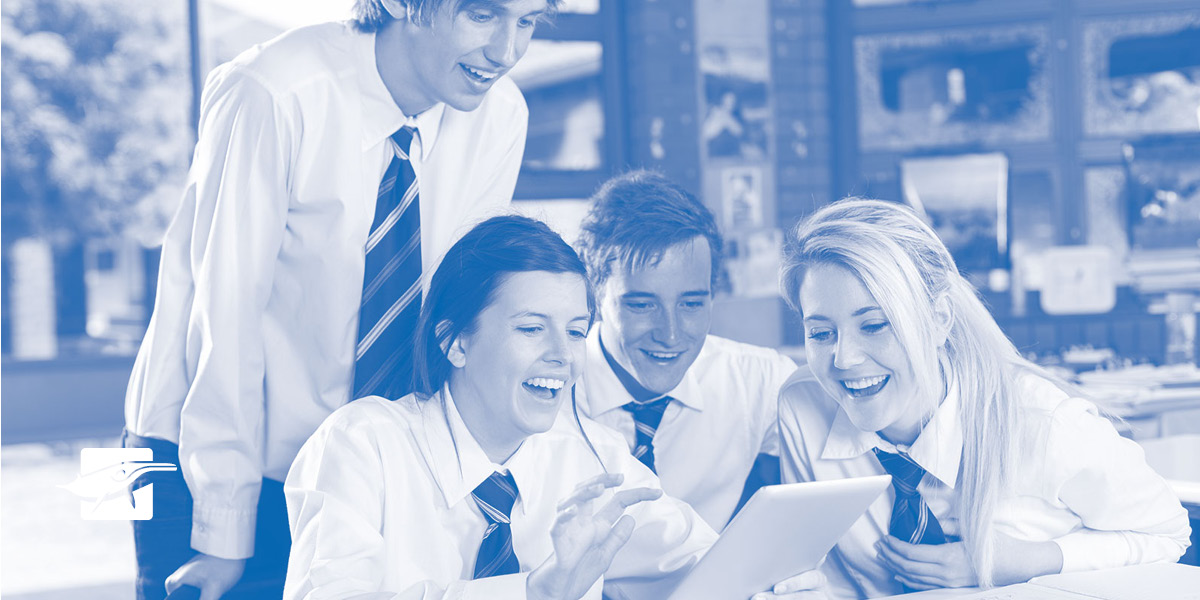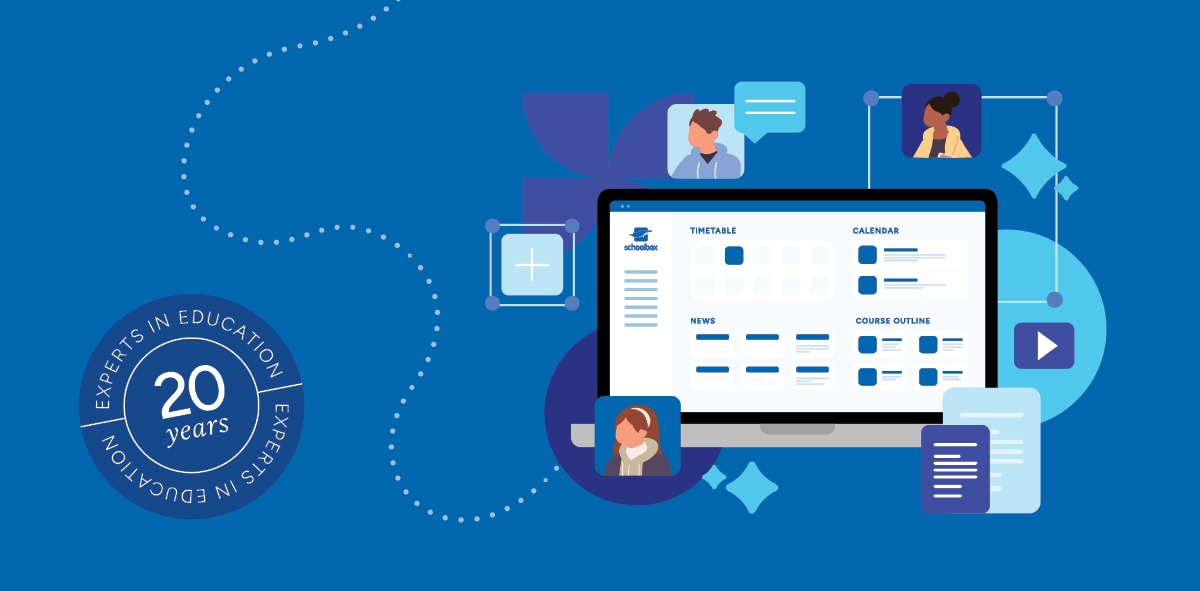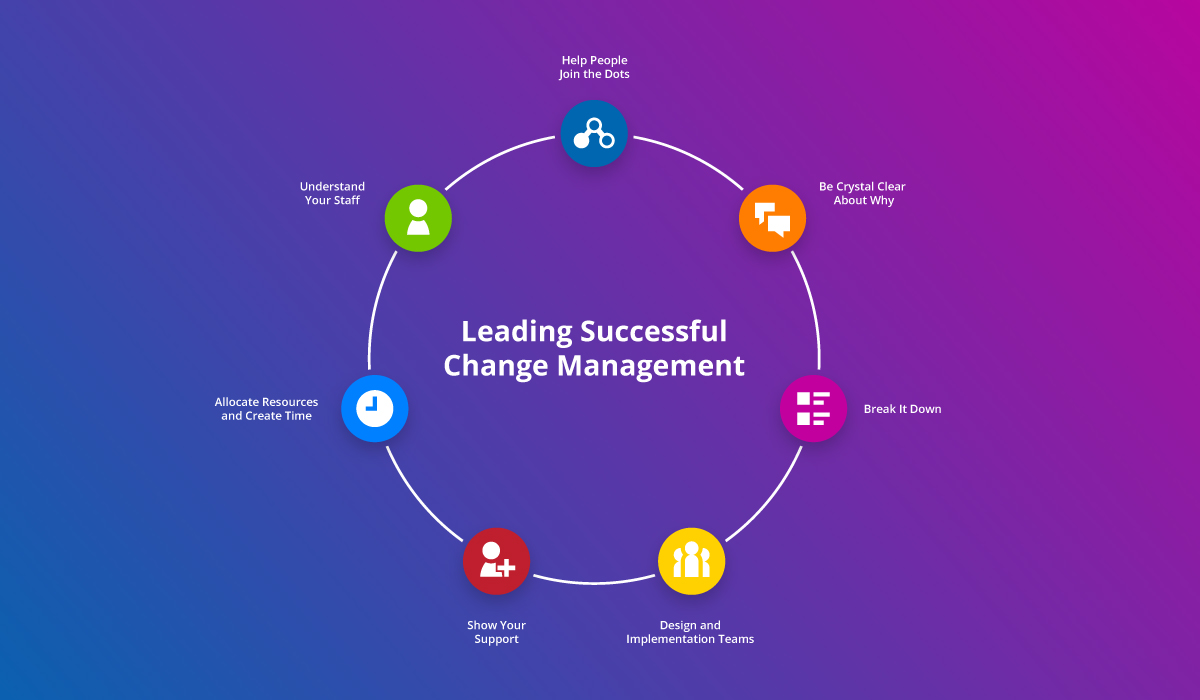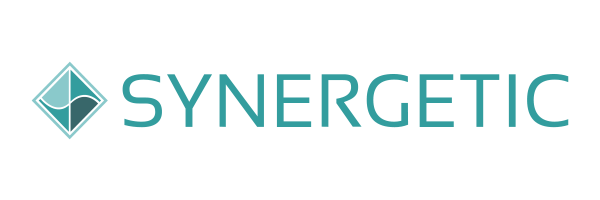Psychologist Albert Bandura’s theory on social learning is simple – by nature, humans are social beings who learn from observing others and their surroundings. People learn from one another, either by imitation, modeling or observance.
At its most basic level, social learning is when students learn through collaboration, with and from others.
How social learning works
There are four main stages of social learning that Bandura recognised:
Attention – external or internal factors that influence whether attention is increased or decreased. Social Cognitive Theory implies that students must pay attention if they want to learn.
Retention – absorbing what you paid attention to and being able to remember it.
Reproduction – being able to reproduce what was learnt.
Motivation – the drive behind being able to imitate information.
Social learning bridges the gap between cognitive and behavioural learning theories, because it encompasses attention, memory and motivation – all of the things that make students tick.
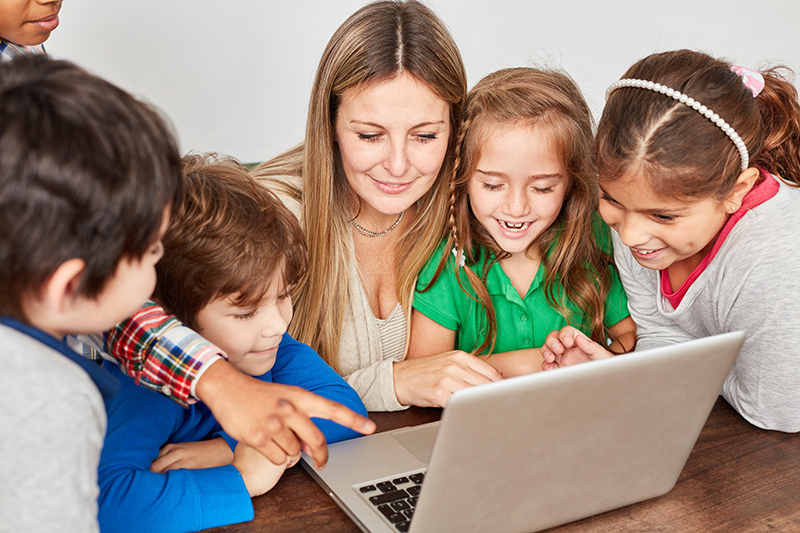
What’s all the buzz about?
The social learning concept has been around for over five decades now, so it’s interesting to see a resurgence in hype around this way of learning.
The current dynamics and introduction of technology in the classroom has definitely accelerated its adoption by schools now, even if it is not done consciously. By providing students with more outlets for creative communication, through education technology, they will already be practising social learning on a daily basis.
The reason why education technology and social learning work so well together is that, while social media platforms can certainly be used for learning, custom social platforms (like those monitored by teachers, for example) are supported by a clear education strategy.
How to utilise social learning in the modern classroom
Social learning is one approach to education, where “formal” learning is combined with learning from the community.
Although it’s facilitated by education technology, technology alone won’t cause it to occur. First, think about how you can combine elements of formal and social learning, then utilise the technology you have on hand.
Social learning is about helping each other and building networks, which is why it’s crucial to create more collaborative spaces for students where they can share knowledge and have conversations about their learning.
A semi-structured approach to social learning works best, as it encourages collaborative learning that remains on topic. A virtual community where students can share ideas and knowledge, without some of the stress that is associated with speaking up in class, will make for an effective way of learning.
Why you should adopt social learning in your classroom
Social learning encourages interaction with others and facilitates learning in a way that already comes naturally to most students.
Not only that, but students will be preparing the skills they will need to be successful in the workforce, where most learning is done through on-the-job experiences and interaction with others.
It also provides learners with greater control over their education and how they receive information.
Some benefits of social learning include:
- Increased engagement across disengaged learners.
- Students developing self organisation skills.
- Encouraged collaboration.
- Developing skills that can be used in the workforce.
If you want to learn more about how Schoolbox supports social learning, get in touch with us today.
– The Schoolbox team
